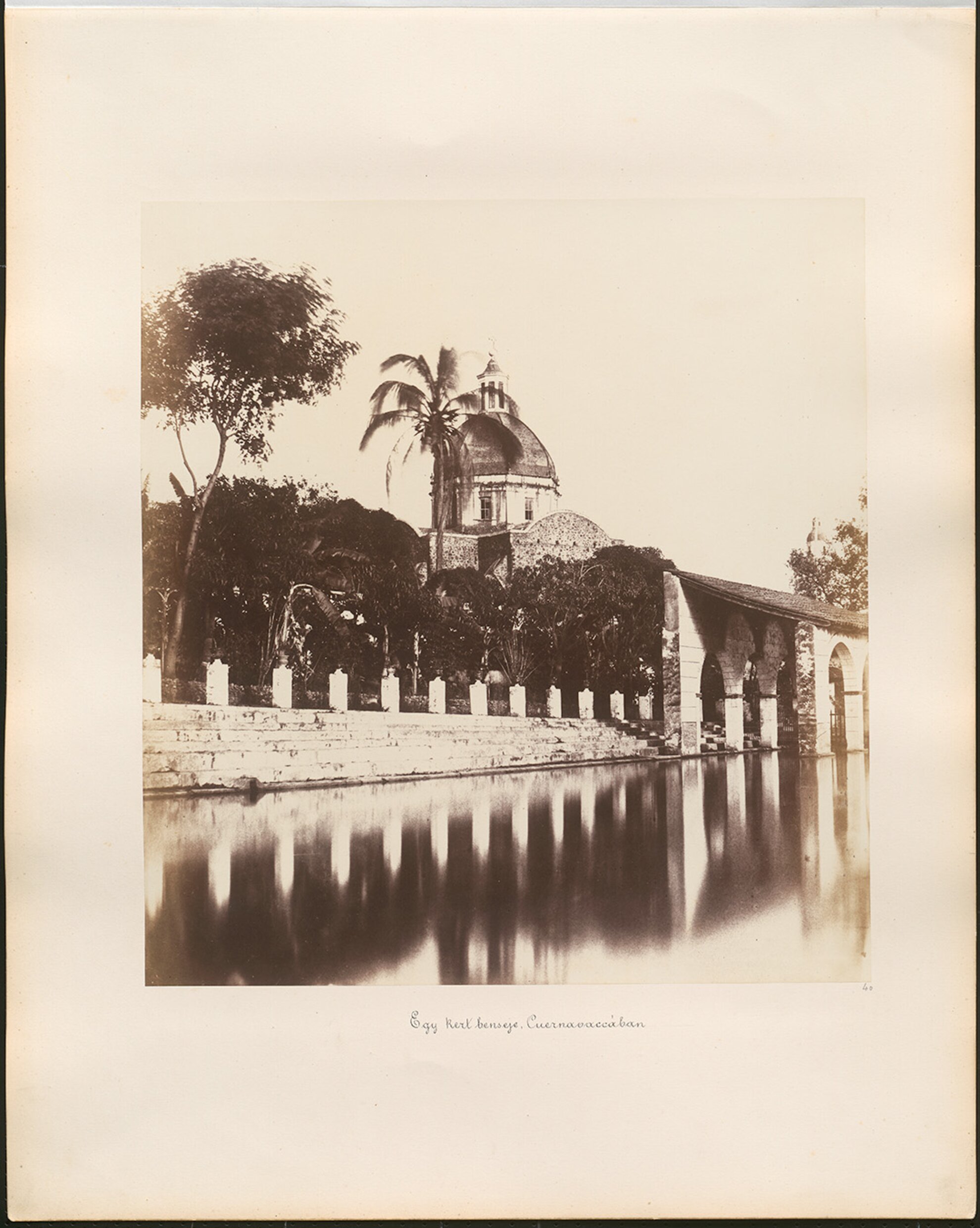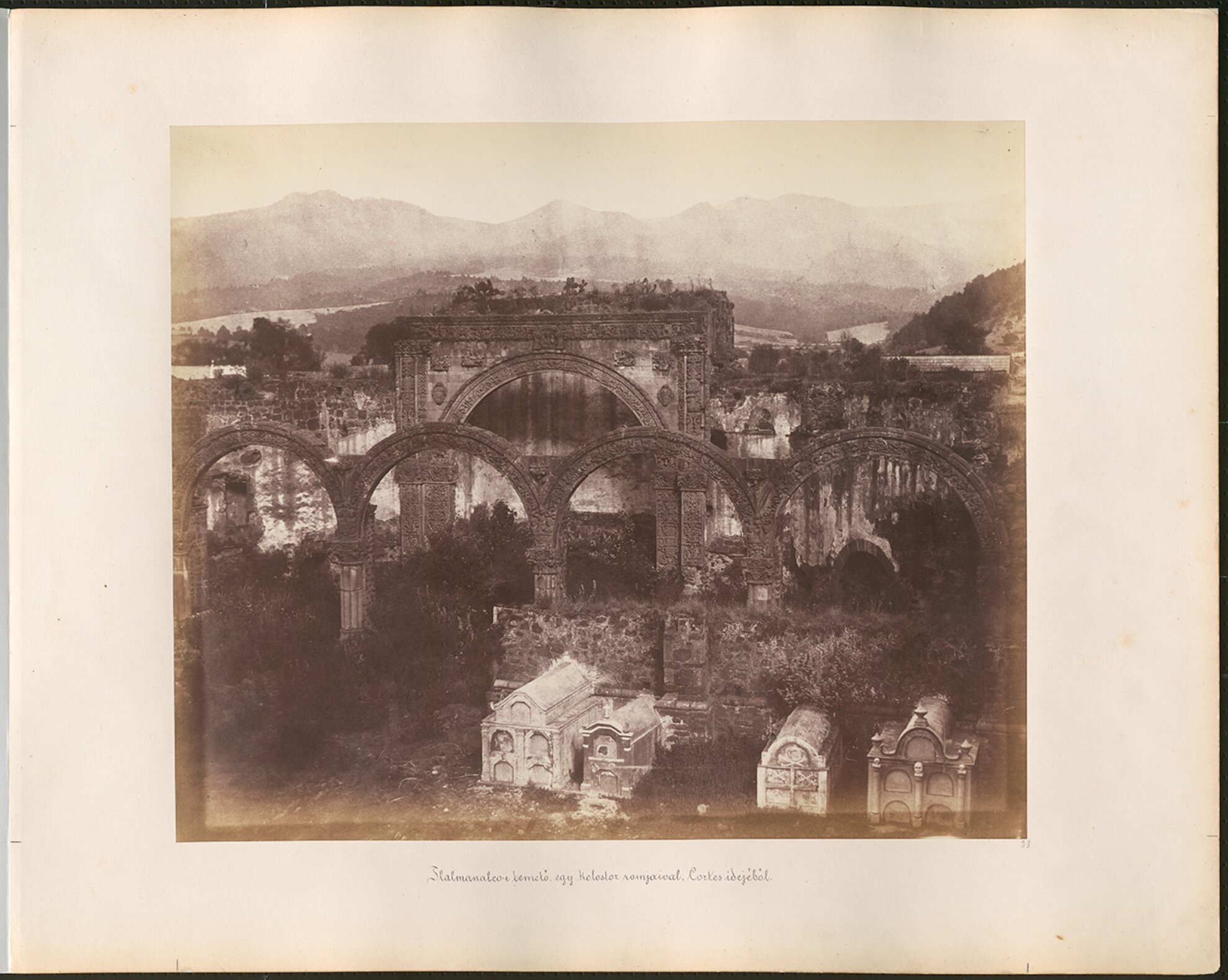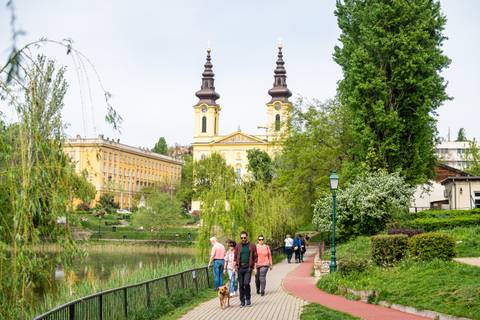Just opened at the Mai Manó House, a renowned gallery in Budapest's theatre district, exhibitions depict pioneering visits to Egypt including by French novelist Gustave Flaubert, and Latin America as captured by a Hungarian protégé of Alexander von Humboldt. The images date back to the mid-1800s at the very dawn of travel photography as a genre. Each runs until 4 October.
It is the same for travellers of old as it is for those who set out across the wide world today: they take wild and exotic photos. Today, digital cameras allow us to snap hundreds of photos mindlessly, and select the best later. But in the days of film – film is expensive! – it was much more important to consider each shot. And since there was no moving image, the photographers of old thought even more about the still frame, capturing landscapes and cityscapes which immerse the viewers in detail.
Two exhibitions of travel photos from the 19th century are now on display at the Mai Manó House: those by early tourists to Egypt, including famous French novelist Gustave Flaubert, and by Hungarian explorer Pál Rosti in Latin America.
Egypt at the Time of Flaubert
Excitement for travel to Egypt was in part spurred by Napoleon's sojourn there between 1798 and 1801. One by one, travellers ventured out to this largely undiscovered area, to explore this ancient land. This exhibition shows copies of photographs taken by these explorers between 1839 and 1860.
French writer Gustave Flaubert and his friend Maxime Du Camp, also a writer and photographer, travelled together twice between the years of 1849-50 to the southern and eastern shores of the Mediterranean, first across Egypt, then Greece. Du Camp’s photos even feature Flaubert himself, dressed in authentic local attire. Images from these journeys are now on display at the Mai Manó House, together with contributions from pioneers such as Francis Frith, in an exhibition of unmatched rarities.

At the time of these travels, art dealers and tourists had not yet plundered the country of its treasures, and so viewing these pictures feels like walking through some fantastic Hollywood film set. The most beautiful artefacts remain untouched, exactly where they were originally placed in antiquity. Also of interest is the quality of the work. At the time, the daguerreotype had just been invented, revolutionising photographic processes and allowing for incredibly precise imagery.
Travel Notes from America

The second exhibition, Travel Notes from America, features images from the contemporary album of the same title by the adventurous Hungarian aristocrat Pál Rosti. As a young man, Rosti studied in Germany under the famous naturalist and traveller Alexander von Humboldt, who travelled through Central and South America between 1799-1804. Rosti was determined to follow in his master’s tracks, and arrived on the shores of America in January 1857. Touring through Central America, Cuba, Venezuela and Mexico, Rosti kept diligent photographic records of his travels, accompanied by notes in his diary. When he returned to Europe in 1859, these were compiled into an album, the first copy of which he personally handed over to his master, who died not long after.
Rosti eventually returned home to Hungary, where he spent another two years on the material gathered during his trip to Central America, releasing the album in organised exhibitions. Surprisingly, he never photographed or travelled again, but rather worked reviving his residence of Dunapentele (today’s Dunaújváros), and founding the Budapest Sailing Association and the Dunapentele Casino Society. He died at 44, in 1874, but his photographs have lived on, and remain a memento for posterity.
Mai Manó House
District VI. Nagymező utca 20
Open: Tue-Sun noon-7pm
More information can be found on the Facebook page.



